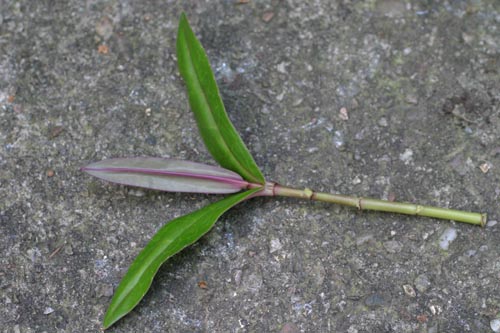Hebe cultivation in the UK
Planting
Hebes are evergreen shrubs that succeed best in open conditions, with some shelter from strong winds. They will do well in light shade or even a well lit north-facing border. Plants grown in deep shade will grow leggy and not flower.
Recommended distances for planting
Carpeting hebes – up to 12 in apart
Hebes up to 18 in high – 15–18 in apart
Hebes up to 36 in high – 24 in apart
Hebes up to 48 in high – 36 in apart
Taller growing hebes – 48 in apart
Soil
Any good garden soil is satisfactory, from slightly acid through to alkaline. Heavy clay that becomes waterlogged in winter is not recommended, although improving the soil with organic matter might help. Light sandy soils can be improved by adding organic matter.
Hardiness
Hebes with large leaves and showy flowers are the most tender. Those with small leaves and white flowers are the most hardy. The younger shoots of hebes are the most vulnerable to frost. Here a mulch is beneficial to protect from frost. Horticultural fleece can also be used.
Pruning
All varieties benefit from a light pruning in spring or after flowering. Frost damaged shoots should be removed in the spring, when the buds have started to grow. Cut to a bud that is growing further down the stem.
If a bush becomes overgrown, it is preferable to spread the cutting back over several months than to cut back all growths at one time. Again you should cut to a bud that is growing further down the stem.
After flowering is the best time to prune to shape and thicken the plant. Remove a few inches on small varieties and 6 to 10 inches on the larger ones. The pruned material makes good cuttings.
See also the Pruning Hebes page.
Cuttings
Hebes are easily propagated from cuttings taken in summer from the current
season’s growth. Cuttings are taken just below a leaf joint, on wood
that has started to harden – a semi-hardwood cutting. Most of the leaves are removed and the cuttings
dipped into a rooting hormone, although this not essential, see below. These are then
inserted into compost (multipurpose or soil based).
Young plants should be potted up in the spring. Remove the growing tip to induce a more bushy plant. Plants normally flower in the first year.

Hebe cultivation in the USA
Some indication of how hebes can be grown in the USA is given on the Oregon State University website. Their North Williamette Research and Extension Center is conducting a large trial of hebes
